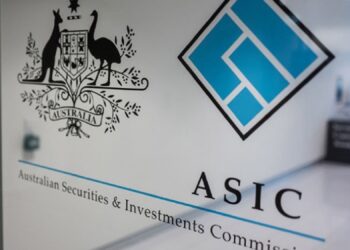Major considerations for investors in Asia are the same as for any asset class – risk and return. In Asia though, the potential returns and risks can be very different from those in western markets, as Alex Prineas writes.
The upside potential of Asia is well-known – the region is forecast to grow more quickly than western economies, based on tailwinds such as a growing middle class, urbanisation, and rising household incomes.
Meanwhile, the major western economies face headwinds such as high debt, deleveraging, and ongoing financial crises.
But economic outperformance does not always translate into stockmarket outperformance.
Furthermore, Asia has its risks, as we saw in the 1997 Asian crisis, and in 2008 when the Chinese stock market fell by more than 40 per cent*. We should also be careful not to overstate the diversification potential.
Australian investors may already have significant exposure to Asia, either directly or indirectly. For example, more than 50 per cent of the ASX 200 is made up of materials, energy, and mining stocks, whose performance is highly dependent on demand from Asia, especially China – and that figure would be even higher if we included services companies such as WorleyParsons which support the mining industry.
The same is true in global equities. Multinational companies often derive a significant portion of their sales from Asia and the broader emerging markets. Colgate-Palmolive generates 50 per cent of its sales in Asia, Africa and Latin America.
The trend is not limited to basic consumer products – a wide variety of companies rely on emerging markets, from European luxury goods provider LVMH to US industrial machinery supplier Caterpillar.
Asia exhibits its own fundamentals which will ultimately drive performance in the region, but there remains a fair degree of correlation between Asia and the developed markets. Investors can intuitively observe this.
For example, when global share markets plummeted during the global financial crisis, so did Asia – and so did Australia. The important point is that Asia did not fall as far as global equities.
That’s not to say that Asia is always a safe bet. Their markets suffered amid the 2008 financial crisis, even though it emanated from western economies. The region can also suffer its own crises, as we saw in the 1997 Asian crisis, when western stock markets were largely unperturbed.
Rather, this reaffirms the point that spreading investments brings a diversification benefit even if the different investments have a degree of correlation.
Over the past 10 years, investors in Asia (excluding Japan) earned an average of 6.4 per cent per annum*, while investors in global equities lost 3.3 per cent p.a.* Australian shares gained 7.24 per cent p.a.* but a significant part of this return was driven by strong demand in Asia for Australia’s commodity exports.
In determining the appropriate allocation to Asia, and the right vehicle, investors should first consider their potential indirect exposures through Australian and global share holdings already in their portfolio.
This is especially true where investors hold specialist funds – for example, a resources fund – as part of their Australian or global equity exposure, as they are therefore likely to already have significant exposure to Asia and the emerging markets.
Many investors will argue the economic fundamentals and the demographics of Asia and the emerging markets are an attractive investment proposition.
We don’t disagree with this, but we believe that it's best to use dedicated emerging market strategies in moderation, and suggest blending them with a broader developed world allocation.
Alex Prineas is a research analyst at Morningstar.
*All returns calculated in Australian dollars, unhedged, based on the S&P/ASX 200 Index, MSCI World ex-Australia Index, MSCI China 10/40 Index and MSCI Asia ex-Japan Index.





